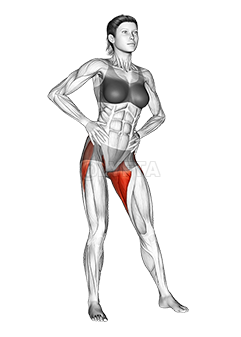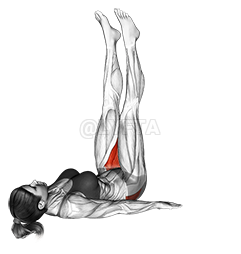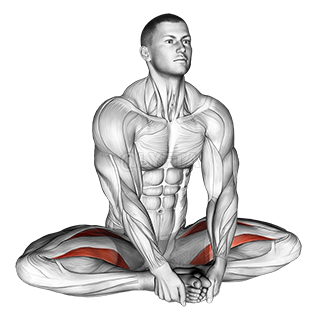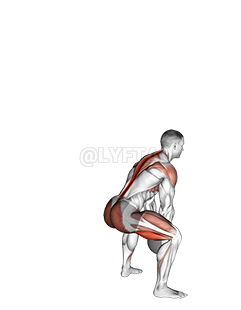
Run
Exercise Profile
Related Exercises:
Introduction to the Run
Running is a versatile, full-body exercise that offers numerous health benefits including improved cardiovascular health, enhanced mood due to endorphin release, and weight management. It is an ideal workout for anyone, regardless of age or fitness level, as the intensity and pace can be easily adjusted to individual needs. People may choose to run for its convenience, the minimal equipment required, and the opportunity it provides to enjoy the outdoors while improving overall fitness.
Performing the: A Step-by-Step Tutorial Run
- Choose a comfortable pace to start your run, it should be a pace that allows you to speak full sentences without gasping for breath.
- Maintain a good posture during your run, keep your back straight, your shoulders relaxed, and your gaze forward.
- As you run, land softly on your heel and roll forward to push off on your toes, this is the most efficient and safe running technique.
- After running, cool down by walking for a few minutes and then do some light stretching to help your muscles recover.
Tips for Performing Run
- Proper Form: Maintain a good running posture. Keep your body upright, your head up, and your shoulders relaxed. Avoid leaning too far forward or backward as it can lead to strain or injury. Your arms should swing naturally with each stride and your feet should land directly under your body.
- Pacing: One common mistake is starting out too fast. It's important to start at a slower pace and gradually increase your speed. This helps prevent early fatigue and injury. Listen to your body and adjust your pace accordingly.
- Hydration and Nutrition: Stay hydrated before, during, and after your run. If you're going for a longer run, consider bringing a water bottle or planning a route with water stops. Eat a balanced diet to
Run FAQs
Can beginners do the Run?
Absolutely, beginners can definitely start running as an exercise. However, it's important to start slowly to avoid injury. Here are a few tips: 1. Start with walking: If you're not used to physical activity, start with brisk walking before transitioning into a jog or run. 2. Gradual increase: Increase your running time gradually. You might start by running for a minute, then walking for a minute, and repeating this pattern for a total of 20-30 minutes. 3. Listen to your body: If you feel pain or discomfort, slow down or take a break. It's important not to push yourself too hard in the beginning. 4. Wear proper shoes: Running requires good footwear to prevent injuries. Invest in a good pair of running shoes that provide proper support. 5. Stay hydrated: Drink plenty of water before, during, and after your run. 6. Warm up and cool down: Always warm up before you start running and cool down afterwards. This can help prevent
What are common variations of the Run?
- Sprinting is a high-intensity, fast-paced variation of running, usually performed over short distances.
- Endurance running involves maintaining a steady pace over long distances, often used in marathons or long-distance races.
- Interval running alternates between high-intensity and low-intensity running or walking, which can help improve speed and cardiovascular fitness.
- Trail running is a variation of running that takes place on hiking trails and mountainous terrain, providing a different set of challenges compared to running on flat surfaces.
What are good complementing exercises for the Run?
- Calf raises help to fortify the lower leg muscles, enhancing stability and power in each stride, which can lead to improved running performance and reduced risk of injury.
- Planks are an excellent addition to a runner's workout routine as they strengthen the core, which is essential for maintaining proper running form, especially during long distance runs when fatigue sets in.
Related keywords for Run
- Cardiovascular exercise
- Body weight workout
- Running for fitness
- Cardio training
- High-intensity running
- Outdoor running exercise
- Treadmill running
- Stamina building through running
- Weight loss running workout
- Long-distance running training











